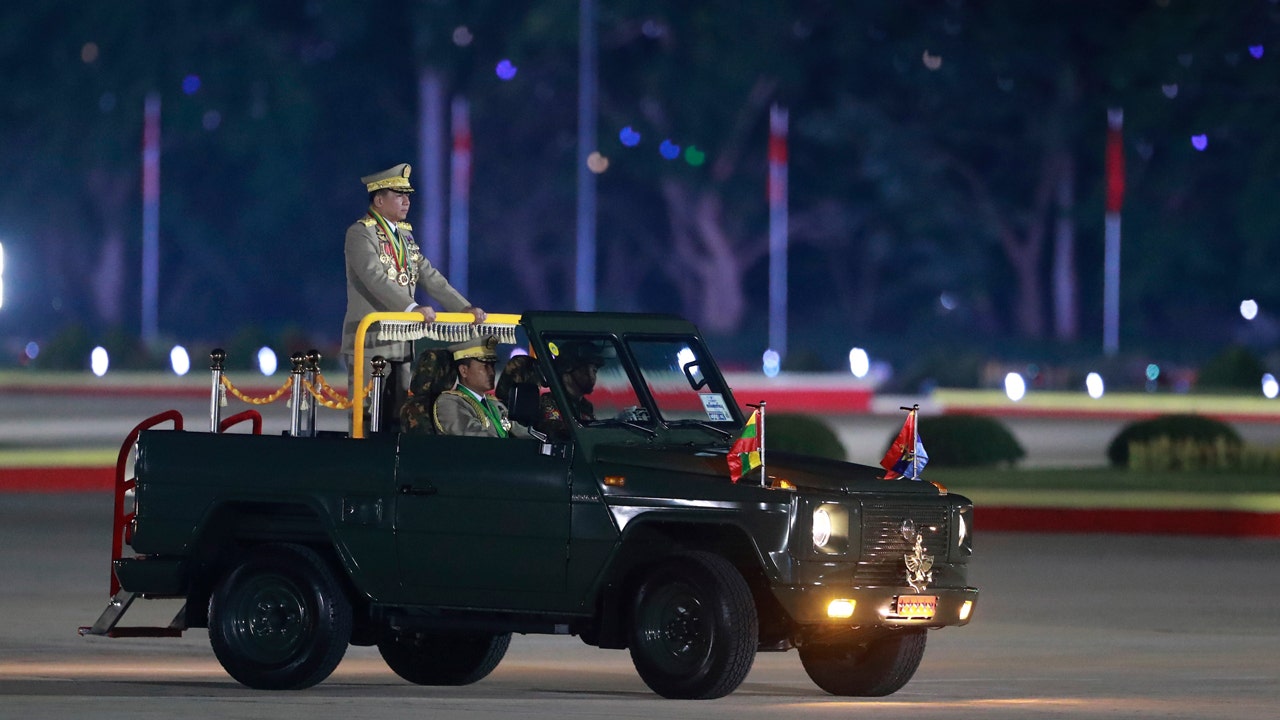At least one bomb used in the Israeli strike that killed dozens of people, including women and children, in a United Nations school building on Thursday appeared to have been made in the United States, according to a weapons expert and videos reviewed by The New York Times.
The school, located in Nuseirat, in central Gaza, was being used as a shelter for thousands of displaced Palestinians. The Israeli military said it had targeted classrooms that were occupied by Palestinian militants, though it did not provide evidence for this claim.
A video of munitions debris, filmed by the Palestinian journalist Emad Abu Shawiesh, shows remnants of a GBU-39 bomb, which is designed and manufactured by Boeing. The use of this weapon in the strike was first reported by CNN.
The footage was uploaded to Instagram shortly after 4 a.m. in Gaza on Thursday, about two and a half hours after the strike was reported on Telegram, a messaging app. The Times, using details seen in videos, confirmed the weapon debris was filmed at the U.N. school.
Trevor Ball, a former U.S. Army explosive ordnance disposal technician, identified the part of the weapon seen in the footage as the nose of a GBU-39. “This distinct nose is unique to the GBU-39 munition series, and, due to its solid construction, it can survive the blast intact,” he said.
The holes visible across several floors of the U.N. compound also suggest the use of a smaller precision-guided munition like the GBU-39, Mr. Ball added.
The school was previously attacked on May 14, when Israel said that it had killed 15 militants there; it is possible that some of the damage or even the GBU-39 nose tip seen on Thursday could have been left by that strike. But multiple videos filmed in the aftermath of the strike showed mattresses, clothes and cans of food covered in rubble near the strike zone in one of the classrooms, indicating the damage was new. In one of these videos, a man can be seen recovering body parts of those who were killed and holding up a severed finger to the camera.
The Israeli military said its fighter jets had targeted three classrooms in a school building that held 20 to 30 Palestinian militants affiliated with Hamas and Palestinian Islamic Jihad, a smaller militia also backed by Iran. Lt. Col. Peter Lerner, an Israeli military spokesman, claimed the militants had used the compound to plan attacks on Israeli forces, although he did not provide specific examples.
The compound that was hit had been operated by UNRWA, the main U.N. body that aids Palestinians in Gaza. Philippe Lazzarini, the director of UNRWA, wrote on social media that 6,000 Palestinians had been sheltering in the school complex.
Khalil Daqran, a spokesman for Al Aqsa Martyrs Hospital in the central Gaza city of Deir al Balah, said the bodies of at least 40 people killed in the attack had been brought to the hospital. At least some of the victims were women, children and older people, he added, although he declined to provide a precise figure.
Colonel Lerner, the Israeli military spokesman, said he was “not aware of any civilian casualties” as a result of the strike.
U.S. officials have been encouraging the Israeli military for months to use GBU-39s, which weigh at least 250 pounds, rather than larger 2,000-pound bombs because they are generally more precise. But this is the second time in less than two weeks that dozens of Palestinians have been killed by this specific type of bomb. On May 26, 45 people were killed in another camp for displaced people, also by GBU-39 bombs.
Wes Bryant, a retired U.S. Air Force master sergeant and targeting expert who served on a task force critical of Israel’s use of weapons in Gaza, told The Times that the precision and low-collateral intent of these bombs were undermined if not used correctly.
“While they’re using smaller bombs, they’re still deliberately targeting where they know there are civilians,” Mr. Bryant said. “The only thing they’ve done in going down from 2,000-pound bombs to 250-pound bombs is killing a few less civilians.”
Nader Ibrahim contributed reporting. Ainara Tiefenthäler contributed video production.






